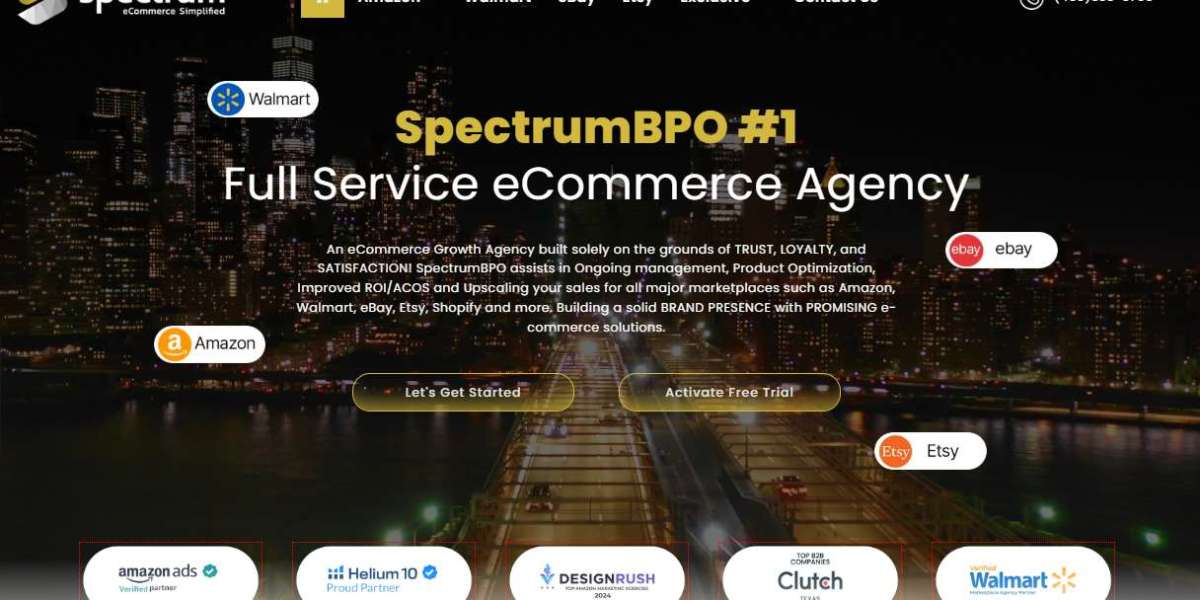Introduction
In today’s fast-paced business world, companies are increasingly recognising the importance of creating functional, aesthetically pleasing workspaces. Corporate interior design plays a crucial role in shaping the environment where employees spend the majority of their working hours. A well-designed office not only promotes productivity but also strengthens the company's brand image, fosters a positive work culture, and enhances employee well-being. As businesses evolve, so do the demands for office spaces that support collaboration, innovation, and comfort.
Whether you’re a startup looking to design your first office or an established organisation in need of a redesign, corporate interior design is a powerful tool to elevate your workspace. This article explores the various aspects of corporate interior design and its role in transforming your workplace into a space that supports your company’s growth and success.
Understanding Corporate Interior Design
Corporate interior design involves the planning and design of the interior environment of a business or corporate office. It is not just about aesthetics; it focuses on creating a space that serves both the functional needs of employees and the branding objectives of the company. Effective corporate interior design enhances the workspace by considering several factors, including layout, lighting, colour schemes, furniture, and spatial organisation.
When done correctly, corporate interior design has the power to improve employee productivity, inspire creativity, and foster a sense of well-being. Moreover, it is an essential tool for organisations aiming to reflect their values and culture through physical space.
Key Elements of Corporate Interior Design
Successful corporate interior design is built upon several key elements. Let’s dive into each of these essential components.
1. Space Planning and Layout
Space planning is one of the most critical aspects of corporate interior design. A well-thought-out layout ensures the space is functional, efficient, and conducive to the work culture of your company. Open-plan offices have become more common, as they encourage communication and collaboration. However, organisations are also increasingly embracing flexible workspaces, such as hot-desking and co-working areas, to promote mobility and flexibility.
For a cohesive and effective layout, consider the following:
- Workstations: The positioning of desks should be planned to maximise space and encourage employee interaction.
- Meeting Rooms: Well-placed meeting rooms and private spaces for focused work are essential for productivity.
- Common Areas: Break rooms, lounge areas, and kitchens should be strategically placed to offer employees spaces to unwind and socialise.
2. Lighting
Lighting plays a pivotal role in enhancing the atmosphere of any office space. Proper lighting not only improves visibility but also contributes to a comfortable and productive environment. Offices should use a combination of natural and artificial lighting to create balanced illumination throughout the space.
Consider these lighting tips:
- Natural Light: Maximising natural light is important for employee well-being. Large windows, glass partitions, and open-plan designs can help achieve this.
- Task Lighting: Task lights should be placed on workstations to provide employees with adequate lighting for focused tasks.
- Ambient Lighting: Soft, diffused lighting throughout the office creates a calming effect and can reduce eye strain.
3. Colour Schemes
Colours have a significant impact on mood and productivity. The right colour palette can make a space feel energetic, creative, or calming. When selecting colours for your office, consider the psychology of colour and how it aligns with your brand and company culture.
Here are some colour suggestions:
- Blue: Known for promoting focus and calmness, blue works well in office spaces where concentration is key.
- Yellow: A bright and energetic colour, yellow stimulates creativity and positivity.
- Green: Associated with balance and tranquillity, green is ideal for spaces where relaxation and well-being are the focus.
4. Furniture Selection
Furniture is not just about comfort; it is about creating a functional and professional atmosphere. Ergonomic office furniture can help reduce employee discomfort and promote better posture. At the same time, it’s important that furniture complements the overall aesthetic of the office.
When choosing office furniture, consider:
- Ergonomics: Chairs, desks, and workstations should be comfortable and adjustable to suit various body types and working styles.
- Storage Solutions: Adequate storage is essential for keeping the workspace organised and clutter-free.
- Collaborative Furniture: Consider furniture that encourages teamwork, such as large communal tables, lounge seating, or flexible modular units.
5. Branding and Company Culture
Corporate interior design should be an extension of your brand identity and company culture. Your office space should reflect your company’s values and mission. Whether your company is creative, professional, or tech-focused, your office should visually communicate who you are and what you stand for.
Branding through interior design can be achieved through:
- Logo Placement: Strategically placing your company logo in prominent areas helps reinforce your brand.
- Colours and Materials: The colours, materials, and textures used in the office should align with your brand’s personality.
- Art and Décor: Custom artwork, wall graphics, and company values displayed on the walls can inspire employees and make the space feel more personal.
6. Sustainability in Corporate Interior Design
As sustainability becomes a global priority, incorporating eco-friendly design practices into corporate interiors is gaining momentum. Sustainable corporate interior design not only benefits the environment but can also improve employee health and productivity.
Sustainable design practices include:
- Recycled and Reused Materials: Furniture and flooring made from recycled materials can significantly reduce environmental impact.
- Energy-efficient Lighting: LED lighting, motion sensors, and smart systems can help reduce energy consumption.
- Indoor Plants: Plants improve air quality and contribute to a healthier workspace.
7. Technology Integration
As technology advances, so do the demands of modern office spaces. The integration of smart office systems, wireless technology, and high-speed connectivity is essential in creating a corporate interior design that meets the needs of today’s workforce.
Consider these technological features:
- Smart Desks and Adjustable Workstations: Incorporating tech-enabled furniture can increase comfort and flexibility.
- Collaboration Tools: Video conferencing setups and collaborative workstations can improve team communication and interaction.
- Wi-Fi and Charging Stations: Ensure the office is equipped with ample power outlets and Wi-Fi coverage to keep employees connected.
The Role of Interior Designers in HRBR Layout
In HRBR Layout, Bangalore, businesses are increasingly looking to skilled interior designers in HRBR Layout to create bespoke office spaces that align with their specific needs and preferences. Local interior designers have a deep understanding of the local culture and environment, making them well-positioned to design workspaces that resonate with both employees and clients.
Choosing the right interior designer in HRBR Layout involves considering their expertise in corporate design, experience with sustainable practices, and ability to bring your vision to life. Whether you're redesigning an existing office or starting from scratch, hiring professional interior designers can help you navigate the complexities of office design, from selecting furniture to managing the project timelines.
Why Corporate Interior Design Matters
Corporate interior design is not just a matter of aesthetics; it impacts several important aspects of business operations, including employee morale, productivity, and even recruitment. Here’s why it matters:
- Employee Well-being: A well-designed workspace can boost employee well-being by creating a comfortable, supportive, and inspiring environment.
- Improved Productivity: Research shows that a thoughtfully designed office space can improve focus and efficiency, leading to increased productivity.
- Company Image: The office space is often the first impression clients and visitors have of your company. A well-designed, modern office reflects a professional, successful brand.
- Talent Attraction: A beautiful, functional office can attract top talent. Job candidates are more likely to be drawn to companies that offer a positive work environment.
Conclusion
Corporate interior design is a key factor in elevating the overall work experience and strengthening your company’s brand. By paying attention to elements such as space planning, lighting, colour schemes, furniture, and technology integration, you can create an office space that enhances employee productivity, reflects your company’s culture, and promotes sustainability.
In HRBR Layout, hiring skilled interior designers ensures that your vision for the workspace is realised with precision and style. A well-designed office not only makes a statement but also fosters an environment where employees can thrive and contribute to the success of your business.
By investing in corporate interior design, you’re making an investment in your company’s future—a future that is bright, innovative, and full of possibilities.


